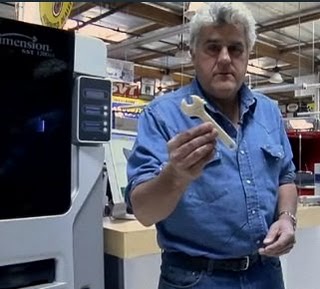![Turbosquid’s Kraken 3D Asset Management [Source: SolidSmack]](https://fabbaloo.com/wp-content/uploads/2020/05/image-asset_img_5eb065226388e.jpg)
Turbosquid’s Kraken 3D Asset Management [Source: SolidSmack]
First, if you haven’t used Turbosquid to source models, check it out quickly.
If you have used Turbosquid before, you know it’s incredibly useful to source just about any type of model you’re looking for. Tools, Cars, ROBOTS. Just about anything.
You might assume Turbosquid is a 3D model repository for media and entertainment, not production 3D product development models. While the models and formats they support are those used most often in film, television or advertising, they’re used across all industries to add context and aid visuals. They can be used to source models for architecture, automotive, aircraft interiors, VR/AR, 3D printing, and more. They simply have a MASSIVE range of 3D models.
How do you support, sort, verify, organize, and manage hundreds of thousands of 3D models? Behind the scenes, Turbosquid has built a system for doing just that, refining it over 20 years as a leading site for 3D models. Now, they’re making that platform available to others challenged with organizing their 3D model library.
Kraken is a turn-key version of the platform they’ve developed for 3D asset management. And it’s built to sort massive amounts of 3D model data automatically categorizing, sorting, and building a visual, cloud-based repository for your onsite or remote teams. Their goal is to allow teams across varying companies to know what they have, where to find it, and automate the entire process.
“To make the transition process less intimidating, Kraken Pro launches with an AI sorting tool that can automatically organize and tag large model libraries for teams that don’t know where to begin. Users simply provide access to their models via hard drive or cloud, and the AI tool will generate categories, keywords, tags and preview renders during importation. 3D’s biggest applications are currently supported (3ds Max and Maya), with support for Cinema 4D and additional formats coming soon.“
![Turbosquid’s Kraken 3D Asset Management [Source: SolidSmack]](https://fabbaloo.com/wp-content/uploads/2020/05/image-asset_img_5eb06522822f9.jpg)
Turbosquid’s Kraken 3D Asset Management [Source: SolidSmack]
The Kraken user interface displaying content, collections, and model data.
To be sure, the structure, model organization, metadata gathering is different from what we’re used to in PDM/PLM/ERP systems where we’re looking material, quantity, weight, cost, and other properties.
Read the rest at SolidSmack

